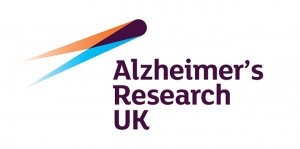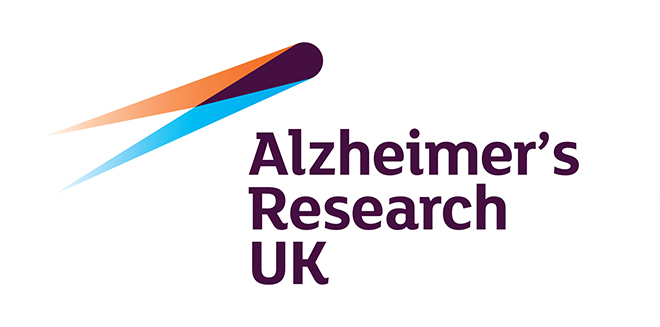New Drug Approach Clears Alzheimer’s Protein From Brain In Mice And Monkeys
A US study in mice and monkeys has shed light on a potential new treatment approach which not only reduces the build-up of the hallmark tau protein clumps found in Alzheimer’s disease and  other dementias, but also reverses pre-existing tau tangles. The research is published on 25 January in the journal Science Translational Medicine.
other dementias, but also reverses pre-existing tau tangles. The research is published on 25 January in the journal Science Translational Medicine.
Certain biological changes underlie the development of Alzheimer’s disease, including the build-up of tau and amyloid within the brain. Tau typically functions by helping nerve cells maintain their shape, but starts to behave abnormally and clump together in Alzheimer’s and other dementias such as frontotemporal dementia. The clumping of tau into so-called ‘tangles’ can occur several years before a person experiences the symptoms of dementia.
This latest study uses artificial molecules called antisense oligonucleotides, which interfere with how proteins in the body are made. The molecules mimic genetic material called RNA, and this artificial RNA can block the production of the tau protein. This study in mice and monkeys set out to study whether this artificial RNA could stop the formation of tau tangles, and even reverse pre-existing tau build-up in the brain. Following these observations, the team treated monkeys with the artificial RNA and found that levels of tau in their brains also decreased.
The team of researchers started by injecting the artificial RNA into mice that had been bred to develop an abnormal build-up of human tau. They found that one month of treatment in mice aged between five to six months could prevent the build-up of tau in the brain. The drug approach also reversed some pre-existing tau tangles in older mice and reduced the ability of the protein to spread between nerve cells. The treated mice showed improvements in some of the behavioural problems caused by the abnormal tau protein and lived longer than the untreated mice.
Following these observations, the team treated monkeys with the artificial RNA and found that levels of tau in their brains also decreased. The changes in the levels of tau in the brain correlated with the amount of the protein measured in spinal fluid taken from the monkeys, suggesting a way to track the action of the treatment approach over time.
Dr David Reynolds, Chief Scientific Officer at Alzheimer’s Research UK, said:
“This robust study presents an interesting and potentially powerful approach to target tau build-up in the brain. Recent disappointing results from clinical trials using anti-amyloid therapies highlight the importance of researching other areas of the underlying biology of Alzheimer’s disease in the search for new treatments. While several anti-tau drug approaches are already in testing in people, animal studies like this can provide promising new leads to develop towards clinical trials. Tau protein is an attractive target for the development of new treatments for dementia, due to its central role in several neurodegenerative diseases including Alzheimer’s.”
“It is important to remember that all new drugs need to be thoroughly tested in people to make sure they’re safe and effective. We’re already seeing encouraging results with this RNA approach in several other rare inherited diseases. While we don’t yet know how safe and effective such a therapy would be in Alzheimer’s, this data provides a strong case that it could be a valid therapeutic approach. It is vital we continue to invest in research to understand the biology of different forms of dementias to develop the drugs that are so desperately needed by the 850,000 people living with the condition in the UK.”





